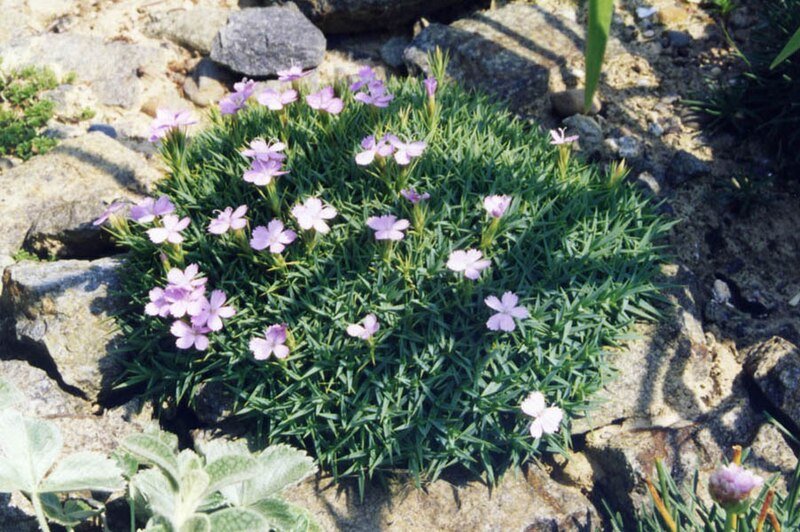

Polemonium pauciflorum
A charming and underused native wildflower, Polemonium pauciflorum features delicate, pale to sky-blue bell-shaped flowers with yellow throats, borne sparsely on slender stems above finely divided, fern-like foliage. This species adds an airy, graceful texture to native plant gardens, rockery, meadows, and woodland edges.
Native Range:
Southwestern United States and northern Mexico — primarily found in Arizona, New Mexico, western Texas, and parts of northern Mexico, often in moist canyon bottoms, streambanks, and riparian woodlands.
Hardiness:
USDA Zones 6–9. Tolerates moderate frost and is well-suited to dry, high desert climates with seasonal moisture.
Cultivation:
Prefers part shade to filtered sun, especially in hotter climates. Thrives in moist, well-drained soils with some organic matter. Although drought-tolerant once established, it benefits from occasional watering during prolonged dry periods. Ideal for native plant landscapes, pollinator gardens, and restoration projects. Deer-resistant and attractive to bees and native pollinators.
Height: 12–24 inches
Bloom Time: Spring to early summer
Soil Needs: Loamy, sandy, or rocky soils with good drainage
Water Requirements: Moderate; low once established
A charming and underused native wildflower, Polemonium pauciflorum features delicate, pale to sky-blue bell-shaped flowers with yellow throats, borne sparsely on slender stems above finely divided, fern-like foliage. This species adds an airy, graceful texture to native plant gardens, rockery, meadows, and woodland edges.
Native Range:
Southwestern United States and northern Mexico — primarily found in Arizona, New Mexico, western Texas, and parts of northern Mexico, often in moist canyon bottoms, streambanks, and riparian woodlands.
Hardiness:
USDA Zones 6–9. Tolerates moderate frost and is well-suited to dry, high desert climates with seasonal moisture.
Cultivation:
Prefers part shade to filtered sun, especially in hotter climates. Thrives in moist, well-drained soils with some organic matter. Although drought-tolerant once established, it benefits from occasional watering during prolonged dry periods. Ideal for native plant landscapes, pollinator gardens, and restoration projects. Deer-resistant and attractive to bees and native pollinators.
Height: 12–24 inches
Bloom Time: Spring to early summer
Soil Needs: Loamy, sandy, or rocky soils with good drainage
Water Requirements: Moderate; low once established









